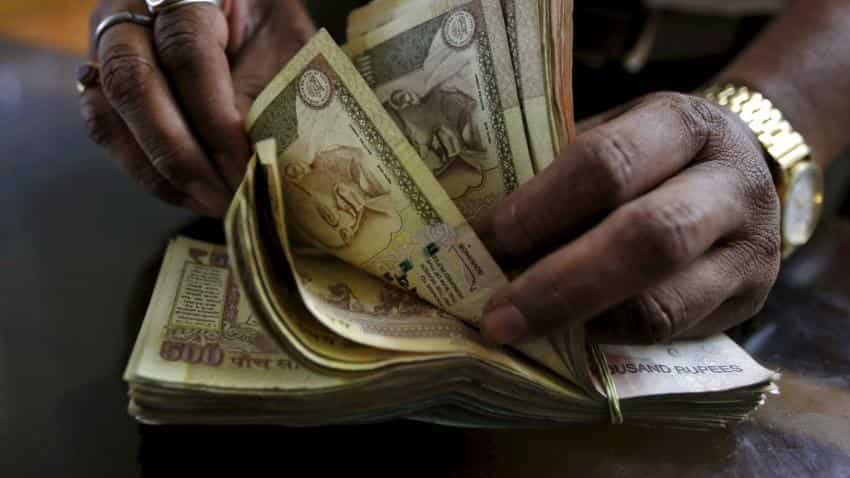NPAs nearly doubled to 8.5% in Q1: Report

The banking sector's non-performing assets (NPA) almost doubled to 8.5 per cent in the first quarter of this fiscal, driven by surging bad assets of state-run lenders, Care Ratings said.
The banking system's gross NPAs shot up to 8.5 per cent by the June quarter, as against 4.6 per cent a year ago. The spike was largely due to the doubling of NPAs at public sector banks to 10.4 per cent compared to 5.3 per cent in June 2015.
However, the rating agency did not quantify the bad loans in absolute terms.
Private sector lenders witnessed their NPA ratio increasing to 3 per cent from 2.1 per cent a year ago, it added.
"The state-run banks have been under pressure to identify and provide for their NPAs, which could last for another one to two quarters," the agency said, adding the high NPAs and consequent provisioning is an "area of concern" that will impact their profitability going forward.
Many state-run lenders reported net losses in the June quarter, with market leader SBI turning in a 32 per cent drop in net income, while private sector banks' net collectively fell just 2.6 per cent.
The agency said given the government's plan to raise money by offloading stakes in banks, profit is an important issue.
"High NPAs and low profitability would not augur well if the government is working towards lowering its stake in these banks to 51 per cent," it said.
However, it termed the recognition of NPAs as a positive step in the long term as higher provisioning makes the state-run lenders better prepared to face the market.
Get Latest Business News, Stock Market Updates and Videos; Check your tax outgo through Income Tax Calculator and save money through our Personal Finance coverage. Check Business Breaking News Live on Zee Business Twitter and Facebook. Subscribe on YouTube.
RECOMMENDED STORIES
09:47 PM IST











 Will commercial banks too feel the strain of rising NPAs?
Will commercial banks too feel the strain of rising NPAs? NPAs ratio in public sector banks up 9% in FY16
NPAs ratio in public sector banks up 9% in FY16  New RBI scheme has flaws, but will curb fresh NPAs, says Crisil
New RBI scheme has flaws, but will curb fresh NPAs, says Crisil Govt keen to set up stressed assets fund to fight NPAs: Jayant Sinha
Govt keen to set up stressed assets fund to fight NPAs: Jayant Sinha Banks have reached peak of NPAs: Arun Jaitley
Banks have reached peak of NPAs: Arun Jaitley